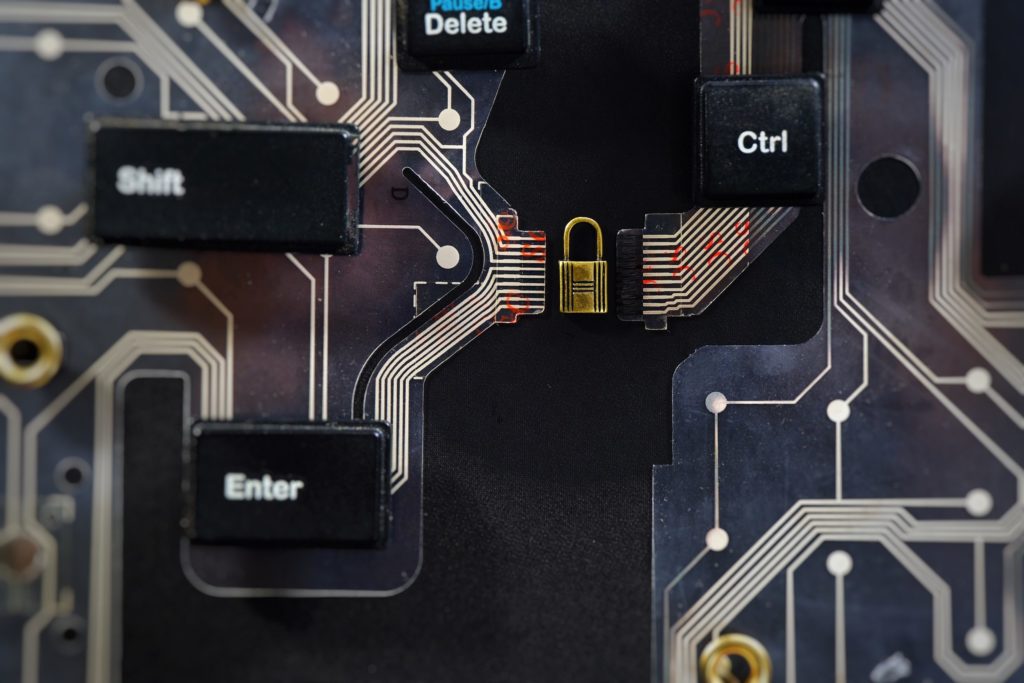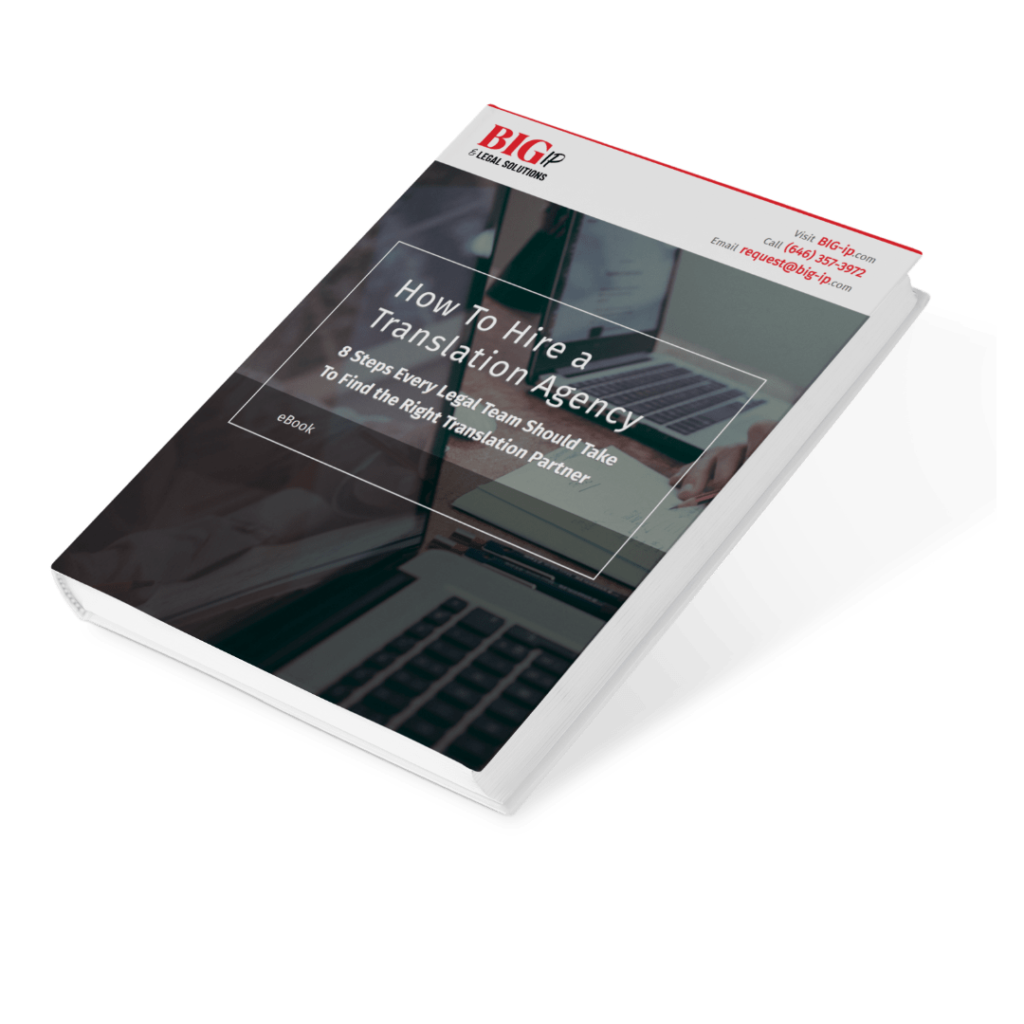New research by the Solicitors Regulation Authority (SRA) has identified email phishing, ransomware, and supply chain attacks as the most significant areas of vulnerability for the legal sector. Its June 2022 Risk Outlook report found that 75% of the firms surveyed had been the victim of a cybersecurity breach through one or more of these channels in 2021, with millions of client money and sensitive client data stolen in the past 12 months.
Law firms and in-house legal departments are a growing target for cybercriminals due to the confidential data and sensitive information they manage on a daily basis. However, implementing robust internal IT systems, software, and processes only addresses one aspect of this growing threat. As importantly, the legal sector also needs to consider the external risk in its supply chain, including the cybersecurity posture of its vendors, their technology, and other third-party tools. This should include any supplier that manages or has access to internal systems or confidential, sensitive, or personal information, from foreign filing agents to translation partners.
Focusing on Supply Chain Security
Supply chain attacks are on the rise because they enable cybercriminals to target and exploit multiple organizations effectively through a single entry point; for example, a phishing email that spreads malware through a law firm’s clients or a software breach that impacts multiple organizations.
Malicious or corrupt emails were involved in more than four out of five cybercrime attacks identified in the SRA’s report, with the sector’s use of cloud and third-party IT systems also singled out as a major source of criminal attacks on legal departments and law firms.
If companies are to protect themselves and their data effectively, therefore, an important first step is to include their partners in their cybersecurity policies. This should include proactively assessing and controlling how their content is managed, moved, stored, and accessed by all members of the relevant supply chain. In other words, asking vendors difficult questions about their own cybersecurity strategies and policies and how they are protecting their clients as cybercrime continues to rise.

Do Not Let Third-party Vendors Be Your Weak Link
The legal sector has realized considerable efficiencies and cost savings by outsourcing routine tasks to specialist suppliers, such as translations and foreign filings. Yet, in many cases, security is still considered secondary to productivity, even though confidential and sensitive data is being shared with these vendors.
You may assume that your chosen vendors take cyber security as seriously as you do, but this is often not the case. Even if your vendor says it has a “secure” platform to centralize and control the transfer of your sensitive and confidential documents, you could still be exposed if it does not have adequate security protocols to protect systems from a ransomware attack or a data breach across its entire platform or end-to-end process.
As the only language service provider with an end-to-end SOC 2 Type II report, BIG Language Solutions knows how much investment is necessary to ensure that “secure” content management systems are truly secure. We also know what it takes to extend this security to stakeholders across our entire environment, from our translators to our foreign filing agents.
We developed our proprietary platform LanguageVault® to address a long-standing industry challenge of securing content throughout the complete translation life cycle. In compliance with ISO 27001 standards, we also routinely and systematically evaluate security risks, threats, vulnerabilities, and potential impacts on our IT architecture. This includes network security, malware detection, cloud security, endpoint security, application security, firewalls, and data encryption to protect our clients and their data at all times.
We recommend asking your suppliers about their cybersecurity protocols and practices, including the controls and measures they have in place to prevent attacks and their ability to mitigate the impact on your organization should an attack occur. Even the most proactive suppliers are liable to be targeted by cybercriminals, whether through their people, processes, or technology. Find a partner that recognizes this constant threat and works to keep your organization’s data safe.
Discover more about our systems and processes or set up a call with one of our experts at https://biglsmultistg.wpengine.com/languagevault.








